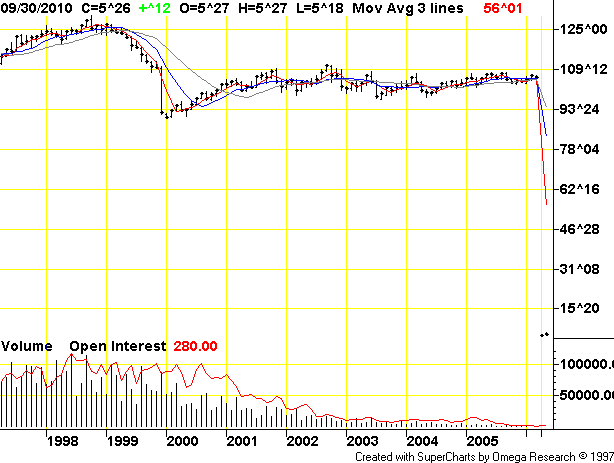Muni Call Options Information vs Price
Post on: 15 Май, 2015 No Comment

Muni Call Options: Information vs Price
Today on (Un)Calculated Risk we welcome Shaun Rai, a Managing Director at Montague DeRose and Associates, as our guest contributor (and another outstanding IA client!).
A bond salesman friend recently had his home on the market. It had been listed for a month or two when I asked him if there had been many showings, or any offers to buy the house. He indicated that there had been some interest but no actual offers as yet. I asked him what the house was worth. He responded, “Not sure, but I know what it’s not worth.”
In light of the recent increased focus on using municipal bond call option valuations to assess refunding opportunities and, potentially, award competitive bids via TIC+, this anecdote serves as a useful reminder that it is important to distinguish between “information” and “price.”
A price is the amount a willing buyer will actually pay a willing seller for a good or service. In this sense, prices do not exist for municipal bond call options, for there is no traded market for these options. An issuer cannot sell the call option embedded in its bonds. An investor cannot buy a call option on bonds it owns to cover the call option it has sold to the issuer. Callable and non-callable bonds of the same maturity with the same credit are very rarely offered to the same investors on the same day.
Thus, market participants can only estimate the “value” of municipal call options using option pricing models. And in doing so, they must input key pricing parameters which cannot be precisely extracted from actual, traded market prices. For example, there are no actively traded non-callable yield curves, nor is there a forward municipal bond market. Given these limitations, using theoretical option values to assess a refunding opportunity is, at its core, a convenient “short form” way to do probability-weighted scenario analysis in which the results are a function of the assumptions used.
This leads to the conclusion that the only “price” that can be established for a muni call option on an outstanding bond is the present value savings that an issuer is willing to accept to execute a refunding of that bond. If the issuer executes a refunding for present value savings of $5 million, that is the “price” of the call option on that day. If an option pricing model indicates that the theoretical value of the option is $6 million, that is “information,” but it is not a “price.”
Does this mean that using estimates of muni call option values is not useful? As a dyed-in-the-wool derivatives guy, my opinion is definitely not. Estimates of muni call option values can be very helpful in thinking about whether to pull the trigger on a refunding or if it makes sense to use lower coupon bonds to achieve a lower yield-to-maturity. However, it is important to emphasize that the call option valuation is “information” — it is not a “price” — and should be viewed and used in the same way an issuer would use more traditional scenario analysis.
Confusing “information” generated by models with “price” confirmed by the market can lead to poor decision making. My friend the bond salesman knows the difference – until he sells the house, he doesn’t know what it’s worth.
Shaun Rai is a Managing Director at Montague DeRose and Associates, a leading municipal financial advisory firm based in California, whose clients include many of the largest issuers of municipal bonds on the West Coast, including the State of California and the State of Washington. Shaun can be contacted at rai@montaguederose.com or 805-319-4145.














